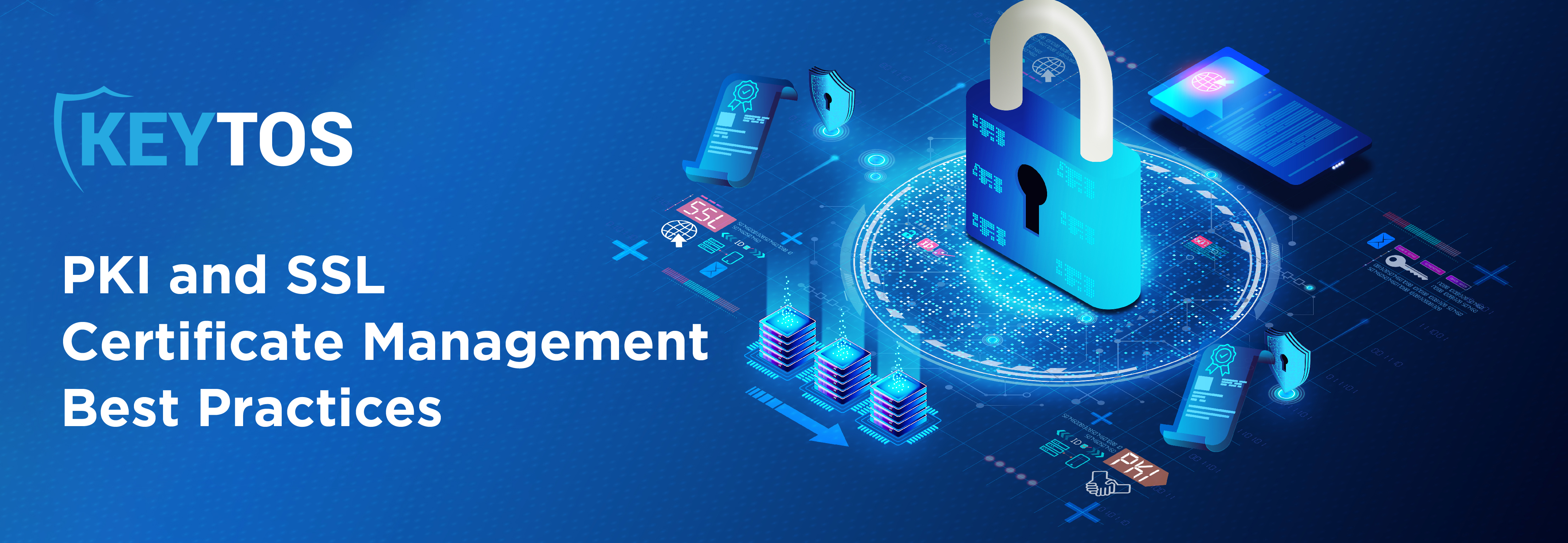
As technology continues to rapidly advance, so too do the corresponding cybersecurity requirements that aim to combat the growing number of ways that data can be breached and companies can be shut down with the click of a mouse. A key pillar of these rapidly growing cybersecurity measures is certificates; however, even a tool as powerful as a certificate can only go so far without the proper employment of certificate management best practices.
Whether you’re looking for PKI certificate management best practices or SSL certificate management best practices, the key ideas and critical factors will remain the same; however, before we can take the deep dive into proper certificate management, we need to briefly define what a certificate is and why it is so important to effective cybersecurity.
Simply put, a certificate is an electronic credential that is used to verify a user’s identity via cryptography. Certificates serve two main purposes: authentication and encryption. Certificates authenticate the identity of an online entity – such as a server or a domain – thus preventing would-be hackers from successful impersonation. Certificates also allow for secure communication between two entities – the public key in a certificate encrypts data which can then only be decrypted by the intended recipient via their private key.
Certificate management refers to any practice that involves the issuance, renewal and deployment of certificates in your organization. Effective key and certificate management is paramount to the successful avoidance of hacks and breaches and will make your organization exponentially more secure and efficient.
Now that we have a clearer understanding of what certificates and certificate management are and why they are important, let’s talk about our top key and certificate management best practices for your organization.
As aforementioned, PKI and SSL certificates play pivotal roles in securing online communications. In order to most effectively manage these certificates, your organization should:
In the past, you only had a handful of certificates to deal with; nowadays, organizations can have anywhere from 50-100,000 certificates, making manual rotation a gargantuan task that simply forces employees to use their time and expertise on something that can be easily automated.
Non-hardware protected certificates are any certificates that do not have their private key protected by a hardware security module (HSM). It is imperative that you rotate these certificates every 30 days to avoid getting compromised as best as you can.
Computer leaf certificates are HSM backed so they are more secure than human certificates, but it is key that you still rotate them often enough to throw off hackers without necessarily needing to worry about rotating them once a month, like with the non-hardware protected certificates.
Human certificates are the least secure of the three certificates listed here and apply to those organizations using YubiKeys or smart cards, but due to the annoyance of having employees rotate their certificates often, you can wait up to 1-2 years to rotate these certificates. Ultimately, you do not want your revocation to get too big – for example, if you rotate human certificates every 2 years but your average employee tenure is only 1 year, you are left with half of your certificates being revoked, creating an enormous CRL that services will have to download every time.
Have clear policies in place regarding certificate issuance, renewal, revocation, and storage. Procedures should specify who can request a certificate, the types of certificates issued, and their lifespan. By instilling these policies and properly educating the necessary employees on them, you can avoid a lot of miscommunication and misunderstanding, saving your organization time, money and headaches.
As your organization grows and changes, your certificate management must be able to accommodate new applications, more users, and increased transaction volumes. Without taking growth into account, you will be left completely unprepared to handle the influx of certificates.
By integrating these best practices into your certificate management strategy, you can ensure that your digital communications are secure and trustworthy and greatly diminish your certificate vulnerability. Effective certificate management is the cornerstone of a robust digital security framework, and both PKI and SSL certificates play an integral part in this endeavor.
While implementing these certificate management best practices can be intimidating, we are here to help! Check out our certificate management tool and SSL monitoring tool, or you can schedule a free PKI assessment with one of our experts today!